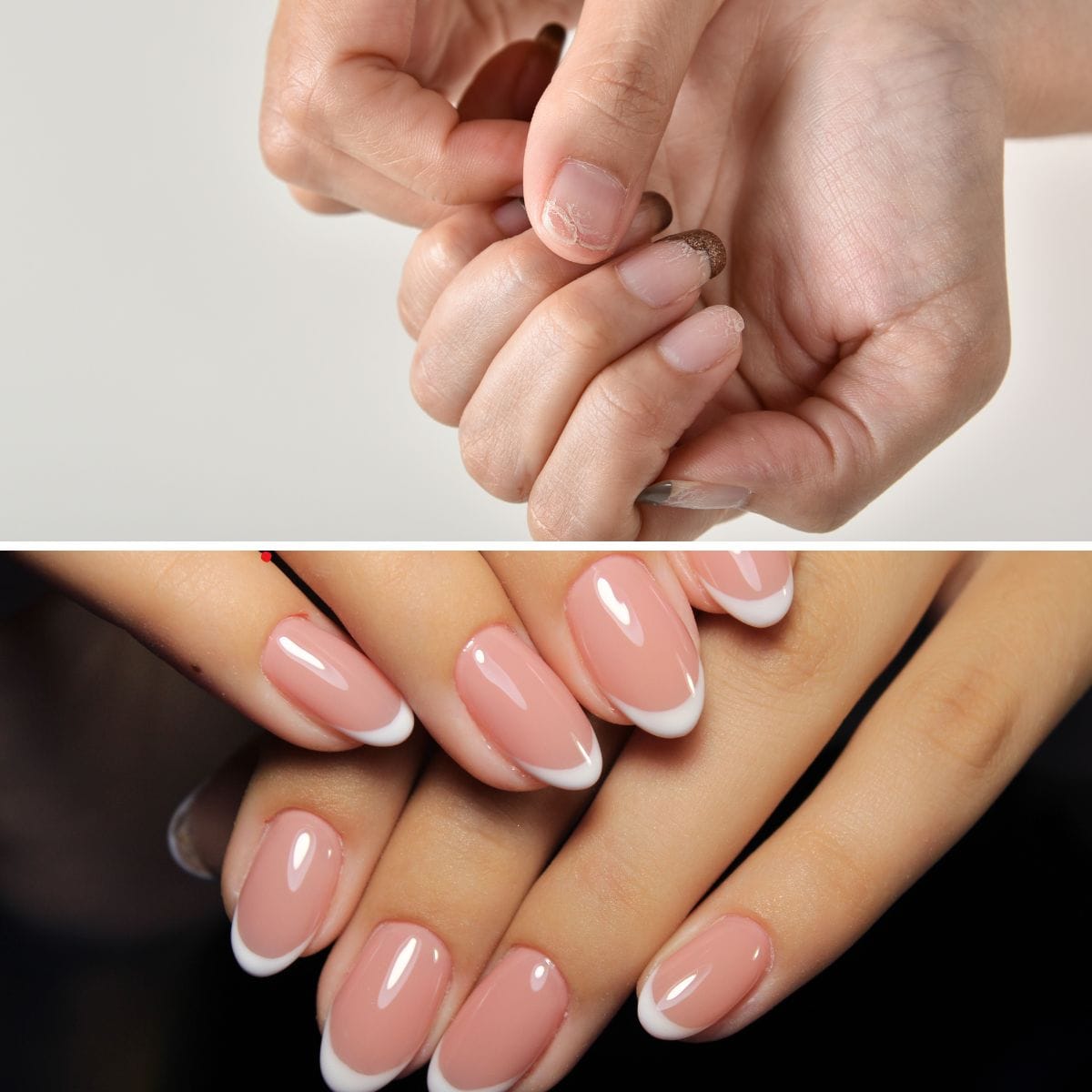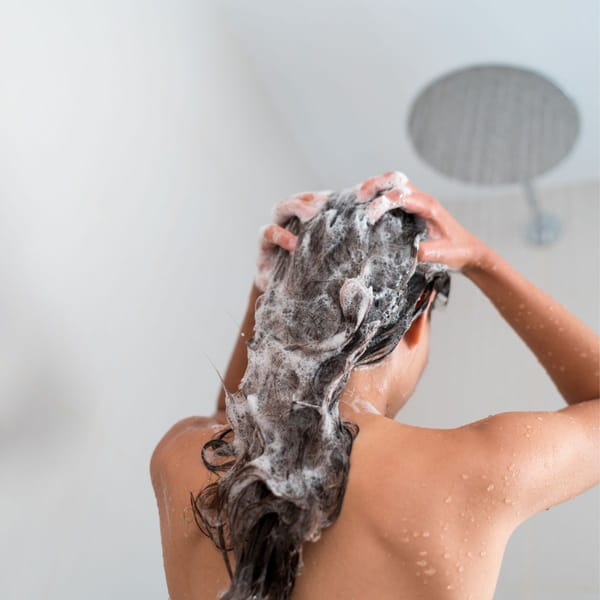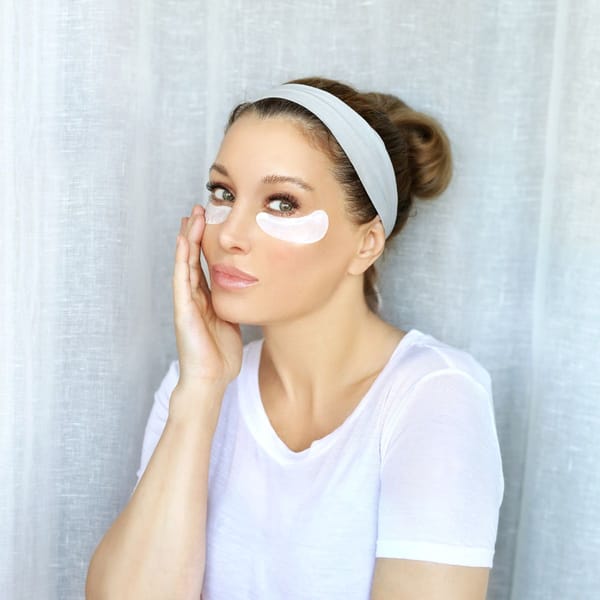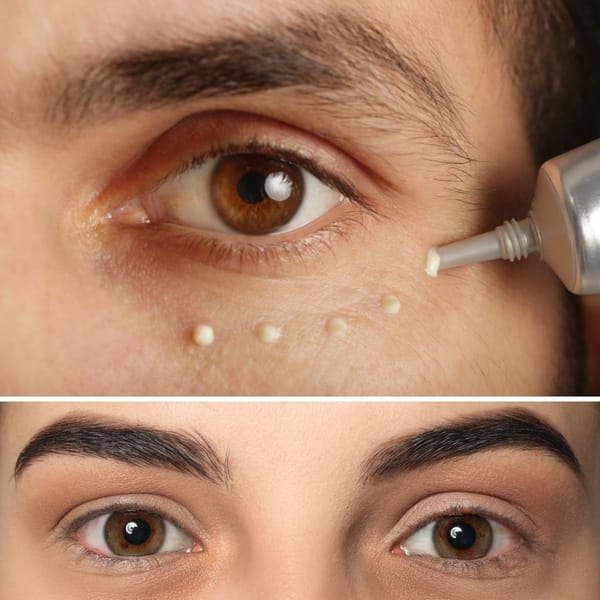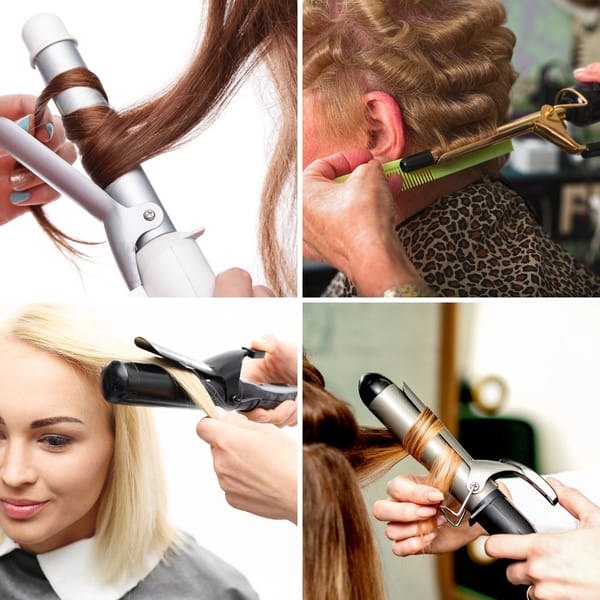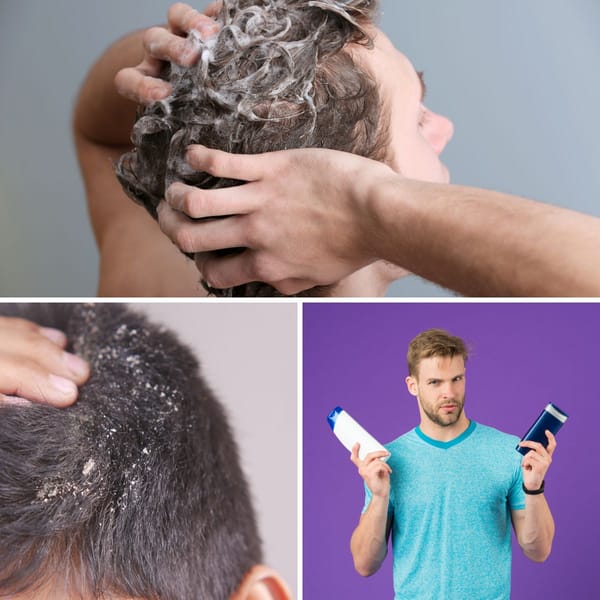Key Highlights:
- Wearing press-on nails for too long can lead to nail damage, infections, and hinder natural nail growth.
- Proper care and timely removal are essential to maintain nail health.
- Consulting a licensed nail technician for advice and proper removal techniques can prevent negative effects on your nails.
Press-on nails have become a popular alternative to traditional manicures, offering a quick and convenient way to achieve a polished look without the time and expense of a visit to the nail salon. However, as with any beauty regimen, there are right ways and wrong ways to use these products. One of the most common mistakes is wearing press-on nails for extended periods, which can have several unintended consequences for your natural nails and overall nail health.
The Impact on Natural Nails
When you wear press-on nails for too long, your own nails can suffer. The adhesive used to keep the fake nails in place can make your natural nails brittle and weak. Over time, this can lead to peeling and breakage. Moreover, the constant pressure and lack of exposure to air can cause your nails to become thinner and more susceptible to damage. It's not just the nail plates that are at risk; the surrounding skin and cuticles can also become dry and irritated due to the chemicals in the nail glue and the lack of moisture.
Artificial nails, including press-ons, create a seal over your natural nails, which can turn into a breeding ground for bacteria and fungi, especially if water gets trapped under the nail. This moist environment is perfect for infections to develop, which can lead to discoloration, pain, and in severe cases, long-term damage to the nail beds.
The Removal Process and Its Importance
The removal process for press-on nails is just as important as the application. It's recommended to soak the nails in warm, soapy water to loosen the adhesive. Some people might be tempted to peel or rip the nails off, but this can cause significant nail damage. Instead, after soaking, gently wiggle the edges of the press-ons to encourage them to lift away from the natural nail. If necessary, a small amount of acetone or a specialized nail polish remover can be applied with a cotton ball to help dissolve the glue.
Leaving press-on nails on for longer than the recommended period can make the removal process more difficult and increase the likelihood of damaging your real nails. The adhesive can become more firmly attached, and the nails themselves might become more brittle, making them prone to snapping during removal. This is why it's crucial to follow the manufacturer's guidelines and not to wear press-ons for more than a few weeks at a time.
The Long-Term Effects of Continuous Press-On Nail Use
Press-on nails offer a convenient and cost-effective way to flaunt a manicured look without the time commitment of traditional acrylics or gels. However, what happens if you wear press-on nails too long? The nails beneath need to breathe and renew, and without this opportunity, the nail bed can suffer. Over time, the constant pressure and lack of air circulation can lead to weakened nails that are more susceptible to damage and infection. This is because the nails grow continuously, and the space between the press-on and the real nail can harbor moisture and bacteria, creating an environment ripe for problems.
Moreover, the adhesive used to stick the false nails to the finger can cause its own set of issues if nails are not given a break. The glue, while safe for shorter periods, can lead to drying and brittleness of the natural nails when used all the time. It's basically the same as putting a bandage on your skin and never taking it off – the area underneath won't be in the best condition. To maintain nail health, it's important to limit the use of press-ons and allow your nails time to recover, ensuring they remain strong and healthy.
Best Practices for Alternating Between Press-Ons and Natural Nails
To keep your nails in tip-top shape, it's crucial to alternate between wearing press-ons and letting your natural nails go bare. This practice allows your nails to rest and recover from any potential stress caused by the press-ons. As mentioned earlier, nails need time to breathe and regenerate, so taking a break from any artificial nails, be it press-ons, acrylics, or gels, is beneficial. During these breaks, you can treat your nails with nourishing oils and hydrating treatments to help them regain strength and moisture.
When you do decide to wear press-ons again, make sure to prepare your nails properly. This includes a thorough cleaning, gentle filing to shape the nail, and applying a base coat of nail polish or gel polish to create a protective layer. This base coat not only helps the press-ons adhere better but also acts as a barrier between the nail glue and your real nail, reducing the risk of damage. Remember, moderation is key – wearing press-ons for a shorter period and ensuring proper nail care in between applications will keep your nails looking and feeling their best.
Maintaining Nail Health with Press-Ons
To ensure that your nails stay healthy while enjoying the convenience of press-ons, it's essential to give your nails a break between applications. This allows your natural nails to breathe and recover from any potential stress or damage. During this break, applying cuticle oil and keeping your nails hydrated can help to repair and strengthen them.
It's also important to choose high-quality press-on nails from reputable brands like Dashing Diva, which are designed to minimize nail damage and are easier to remove. When applying press-ons, be sure to follow the instructions carefully, using the right amount of nail glue and avoiding any contact with the surrounding skin to prevent allergic reactions.
The Role of a Licensed Nail Technician
While press-on nails can be a DIY affair, consulting a licensed nail technician can provide valuable insights into the proper care of your nails. They can offer tips on application and removal, recommend products that are less harsh on your nails, and provide treatments to restore nail health if you've worn press-ons for too long.
A professional can also spot early signs of nail infections or damage and advise on the best course of action. They might suggest treatments like a gel manicure, which, when done correctly, can be less damaging than the long-term use of press-ons. They can also provide services like buffing and filing to keep your nails in top shape.
Summary
Press-on nails are a convenient and cost-effective way to achieve a beautiful manicure, but they come with a caveat: they should not be worn for extended periods. Overstaying their welcome on your fingers can lead to nail damage, infections, and hinder the natural growth and health of your nails. Proper care, including timely removal and giving your nails time to recover, is essential. When in doubt, seek the advice of a licensed nail technician to ensure that your nails remain healthy and strong.
FAQ Section
Q: How long can I safely wear press-on nails? A: It's generally recommended to wear press-on nails for no longer than two to three weeks. After this period, you should remove them to prevent any negative effects on your natural nails.
Q: Can wearing press-on nails cause infections? A: Yes, wearing press-on nails for long periods can create a breeding ground for bacteria and fungi, especially if moisture gets trapped underneath. This can lead to nail infections, which may require medical treatment.
Q: What should I do if my natural nails are damaged after wearing press-ons? A: If you notice damage to your natural nails after wearing press-ons, give your nails a break from any artificial nails. Apply cuticle oil and hydrating treatments, and consider consulting a licensed nail technician for professional advice and care.

